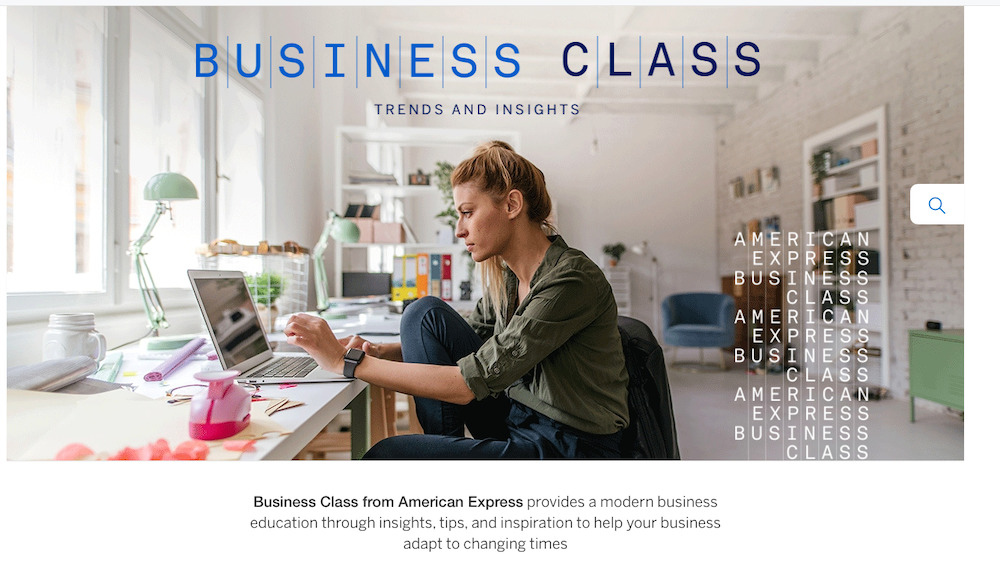Content Strategy
5 Ways to Target the Audience Journey Stages of Conversion and Retention with Content
By Liz Alton on August 28, 2020
Content marketing has long been tied to the audience journey. Yet, in Skyword's 2020 Content Marketing Trends Report, two important and surprising insights emerged. First, marketers tend to focus most of their content efforts on the reach and engagement stages. Second, marketers report a downturn in both the volume of content creation and its effectiveness during the conversion and customer retention stages.
These final stages of the audience's journey are a critical part of any comprehensive marketing plan, though. Here's a closer look at why, as well as some strong examples of how brands across industries are employing content to support full-funnel audience journeys.
Understanding the Changing Buyer Journey
Thanks to the COVID-19 pandemic, the way that B2B and B2C buyers approach the sales process has changed. On the B2B side, McKinsey & Company's survey notes that 90 percent of sales have moved to online, videoconferencing, or phone-based models, and that remote selling was deemed as effective or more effective than face-to-face methods by half of respondents. The B2C side is seeing similar trends, with online buying jumping 76 percent in June alone, according to Digital Commerce 360.
With the rise in digital interactions, content plays a more vital role in marketing and sales than ever before. But are brands' current approaches enough to support the full-funnel audience journey when most of it occurs online? Not always. Marketers who participated in Skyword's Content Marketing Trends Report express that, "Content is effectively used to support the early stages of the audience's journey (i.e., reach and engagement), but it hits a breaking point at the later stages (i.e., conversion and retention)." The problem with this, as the report notes, is that poor content performance is linked to less later-stage content creation.
Historically, a significant percentage of content has been focused on raising awareness and making those initial contacts with buyers. But brands need later-stage content to help drive users through two important stages:
- Conversion: As buyers base more of their research and decision-making on online resources, content becomes even more crucial. This content can include detailed product information, how-tos, testimonials and case studies, and brand comparisons. Sales professionals are being brought in later in the process, and they're relying on customized content to inform their final pitches and help them close deals.
- Retention: Forbes notes that it can be five times more expensive to attract new customers than it is to nurture and retain existing ones. That's increasingly true as economic fallout from the pandemic hits businesses and consumers. Solidifying brand loyalty is key, and content—including customized newsletters, digital experiences, and courses and certifications—can help with this.
Investing in late-stage content can lead to significant rewards throughout the audience's journey. As Skyword's 2020 Content Marketing Trends Report notes, top-performing brands are more likely to engage in full-funnel marketing: "A majority of these marketers (more than 71 percent) report supporting the later stages of the audience journey effectively with content, as opposed to less than half of poor performers."
So how do these brands do it? Here are some ways to effectively use content at each juncture of the late-stage audience journey.
Support Conversions with Sales Enablement Content
With a primarily digital buying experience, the line between marketing and sales is blurring. There's an increasing focus on sales enablement content. Today's top sales reps are part sales and part consultant, and they're tasked with guiding buyers toward tailor-made solutions. Personalized content is a critical piece of the conversation, and brands are focusing more on sales content, case studies, testimonials, and videos designed to drive those last-mile conversions.
For a great example of tackling the question, "Why should users buy from us versus the competition?" look no further than IBM's Enterprise Digital Transformation with Cloud white paper. In exploring its specific differentiators, from their security offerings to their ability to innovate anywhere, IBM successfully solidifies themselves as an industry leader.
Increasingly, brands are developing battle cards to help their sales teams speak eloquently about the differences between brands, comparative guides that look at features and pricing across offerings, and more single-brand sales packages that dig into what advantages come from working with one enterprise.
Show Relevancy with Authoritative Case Studies
Case studies and testimonials, either written or video, are powerful formats for showcasing how your products and services work in action. By highlighting stories where you've made a difference or showing your offerings at play in a specific industry, it's possible to create highly customized material. When a customer in a certain industry is wondering how software can help them in their situation, a case study showing a company from the same space or tackling a similar problem can be very persuasive.
Oracle invests extensively in its case studies. Oracle for Research shows how its platform has been used to aid in vaccine development, identify areas at high risk for graffiti, and pinpoint future carbon storage sites to fight climate change. By showing a range of applications, these case studies support other content types in guiding prospective customers toward a final conversion.
Aid Retention with Curated Customer Newsletters
A dedicated customer newsletter can help drive loyalty and show you're ready to meet the needs of your customers. In the wake of the COVID-19 pandemic, many professionals were hungry for guidance and insights on how to best move forward. One of the earliest publications I saw was American Express's Business Class Daily Edit.
The newsletter is sent Monday through Friday to individuals or businesses with American Express business credit cards. It features a roundup of relevant news, quick summaries, and insights from professionals on different aspects of business, from shoring up your financials to rethinking the customer experience.
Skyword's 2020 Content Marketing Trends Report notes that 79 percent of top-performing brands rely on current events to shape their content. Business Class Daily Edit is a fantastic example of how to create highly valuable, timely, and impactful content that's inspired by what's going on in the world around us.

Image attribution: American Express.
Promote Brand Advocacy with Experiential Communities
At the retention stage, there are a number of different content types and strategies that can help you connect with customers and make them long-term members of your community. One of the best ways to achieve this is by creating experiential communities.
Salesforce does a great job of this with its Trailblazers community, which it describes as a place to "connect with salesforce.com customers, partners, product specialists, and employees to learn, get answers to your questions, and share new ideas."
The Trailblazers community offers people a range of features, from being able to connect with Salesforce professionals and other users to gaining access to exclusive events, training, and even certifications. Salesforce is well aware that in terms of customer relationship management and sales software, users have many different options to choose from. By creating a value-added experience, it's able to show how their products can help users be more successful.
Not only that, but offering this sort of value to users helps instill trust in your brand and promote consumer advocacy. When done right, experiential communities such as Trailblazers are seen as valuable social networks and communities that people are proud to be part of.
Drive Regular Sales with Online Courses
Learning and development are crucial for professionals, but many companies these days have tighter budgets and no extra funds for training. You can reap myriad benefits by creating materials that help professionals maximize the value of their content and build their skills.
Through its HubSpot Academy, HubSpot offers a variety of free, on-demand courses and certifications on subjects from email marketing and content marketing to content strategy, digital advertising, SEO, and social media. As a comprehensive source of material related to digital marketing, HubSpot Academy helps brands maximize the value of their offerings, curtail training fees, and uplevel internal talent.
Why Content Needs to Consider the Full Journey
Content isn't just about attracting customers or promoting your brand, it's a key strategy to support all aspects of the audience's journey. And as the COVID-19 pandemic continues to impact business growth and new sales in many sectors, content that drives retention and conversions will only grow in importance. By investing in conversion-focused and retention-oriented content, you can secure customer loyalty and position your brand for gains at a time when it likely needs them the most.
Ready to learn more about the trends affecting content marketing today? Download the Skyword 2020 Content Marketing Trends Report to discover how to put the latest trends and best practices to work in your content marketing program.
